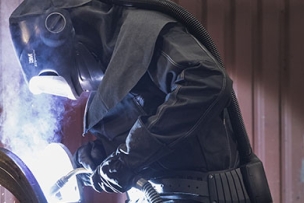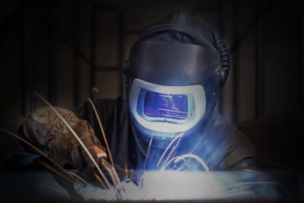Products that work as hard as you do. From the most basic to the most specialized needs, 3M offers the health and safety protection you and your workers need most, so everyone can perform at their best. We strive to deliver comfortable, well-designed personal protective equipment (PPE) that offers your workers the most effective protection available.
In the United States, demographics of the workplace are more diverse now than ever. The makeup of the workplace is ever changing, from a wider age range of workers to an increase in the numbers of disabled persons represented in the workplace because of the enforcement of the American Disabilities Act. The workplace is also a more diverse place because of the continual influx of immigrants to the United States.
For centuries, immigrants have come to the United States for various reasons, from looking to provide their children with better educational opportunities to seeking more job opportunities.i According to the Bureau of Labor Statistics (2015), there are 26.3 million foreign-born persons in the United States labor force, comprising 16.7 percent of the total. Foreign-born workers are more likely than native-born workers to be employed in economic sectors such as service, construction, and maintenance industries. Workers from all backgrounds are essential to the growth, development, and success of the United States economy.





Talk to Us!
Leave a reply
Your email address will not be published. Required fields are marked *